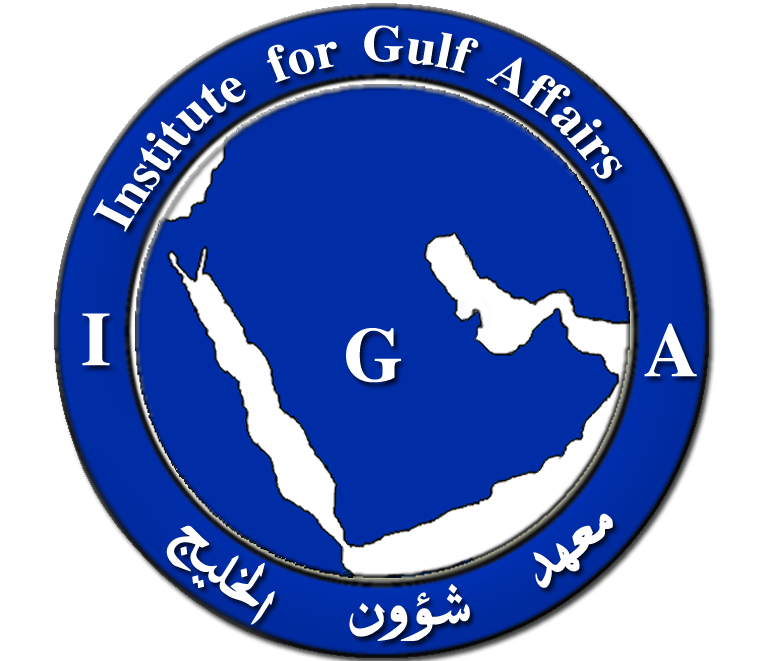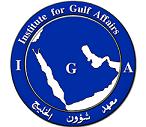Country Profile
|
Introduction In 1902, ABD AL-AZIZ bin Abd al-Rahman Al Saud captured Riyadh and set out on a 30-year campaign to unify the Arabian Peninsula. A son of ABD AL-AZIZ rules the country today, and the country’s Basic Law stipulates that the throne shall remain in the hands of the aging sons and grandsons of the kingdom’s founder. Following Iraq’s invasion of Kuwait in 1990, Saudi Arabia accepted the Kuwaiti royal family and 400,000 refugees while allowing Western and Arab troops to deploy on its soil for the liberation of Kuwait the following year. The continuing presence of foreign troops on Saudi soil after Operation Desert Storm remained a source of tension between the royal family and the public until the US military’s near-complete withdrawal to neighboring Qatar in 2003. The first major terrorist attacks in Saudi Arabia in several years, which occurred in May and November 2003, prompted renewed efforts on the part of the Saudi government to counter domestic terrorism and extremism, which also coincided with a slight upsurge in media freedom and announcement of government plans to phase in partial political representation. A burgeoning population, aquifer depletion, and an economy largely dependent on petroleum output and prices are all ongoing governmental concerns.
|
||||||||||||||||


 SAUDI ARABIA – COUNTRY PROFILE
SAUDI ARABIA – COUNTRY PROFILE 
Comments are closed.